The Silk Road: Connecting Cultures, Creating Trust

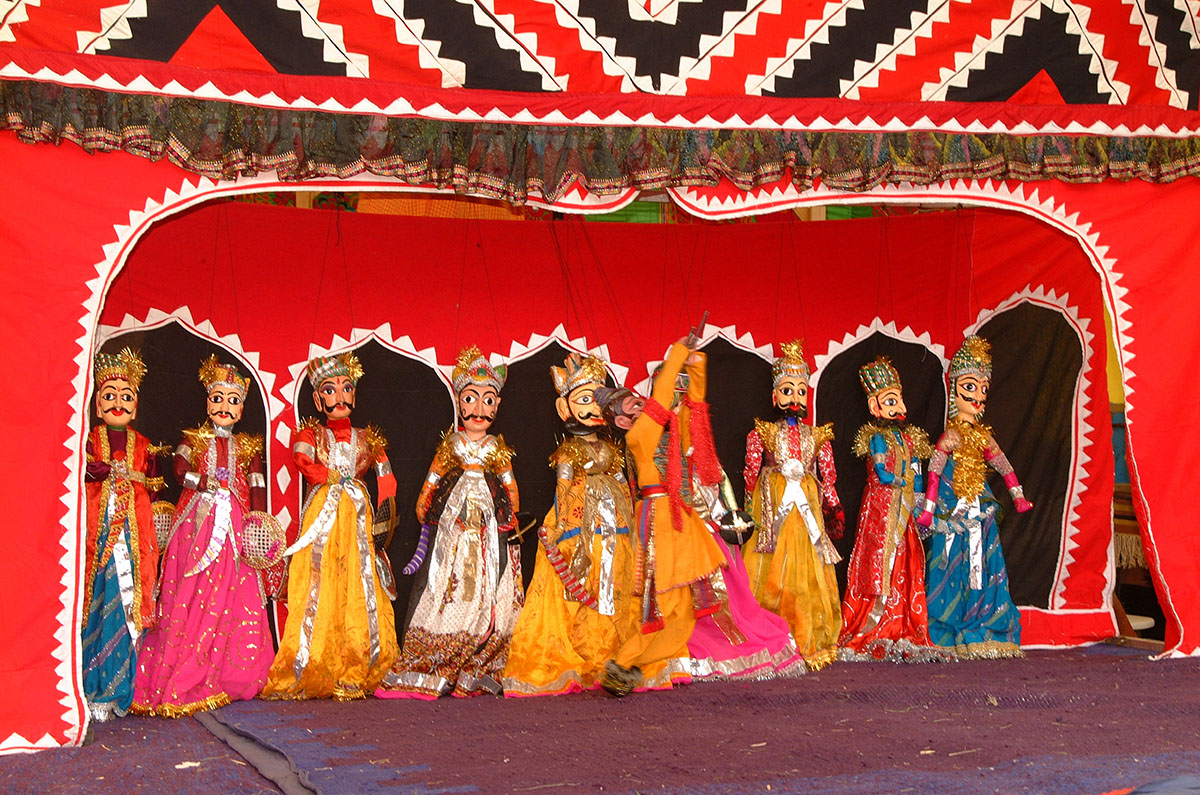
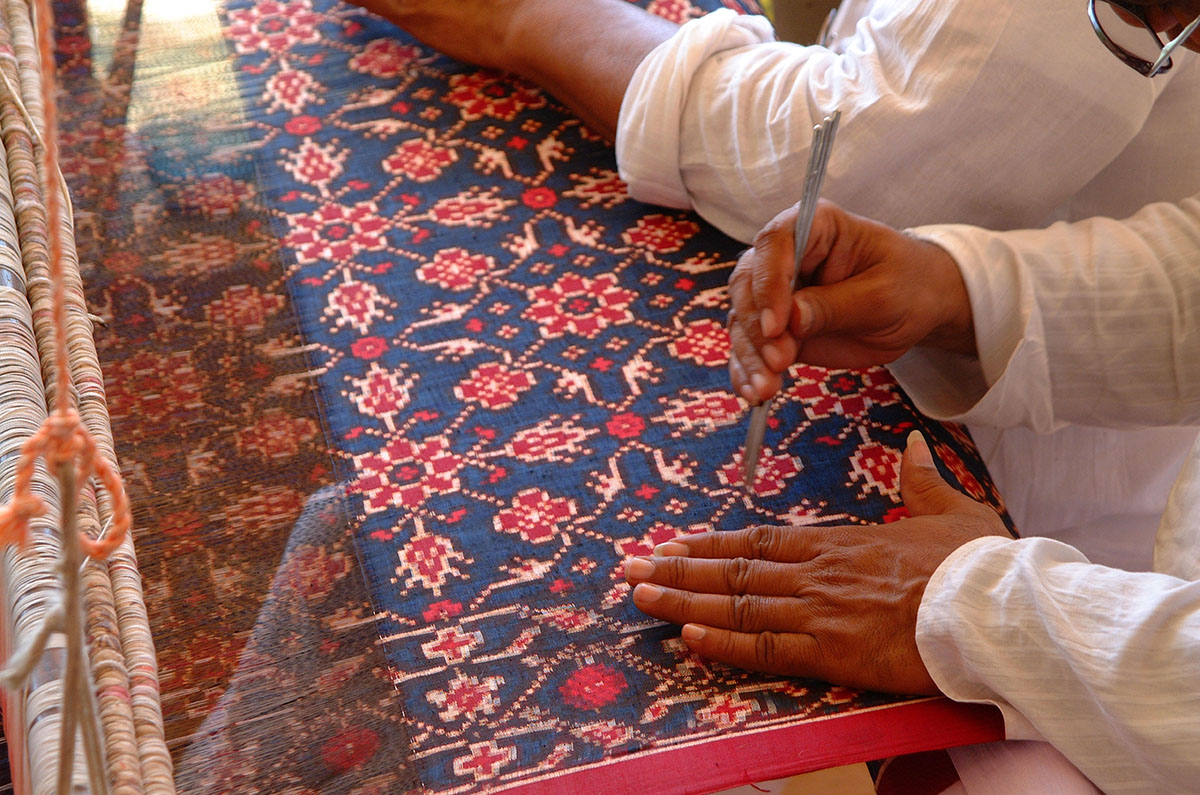
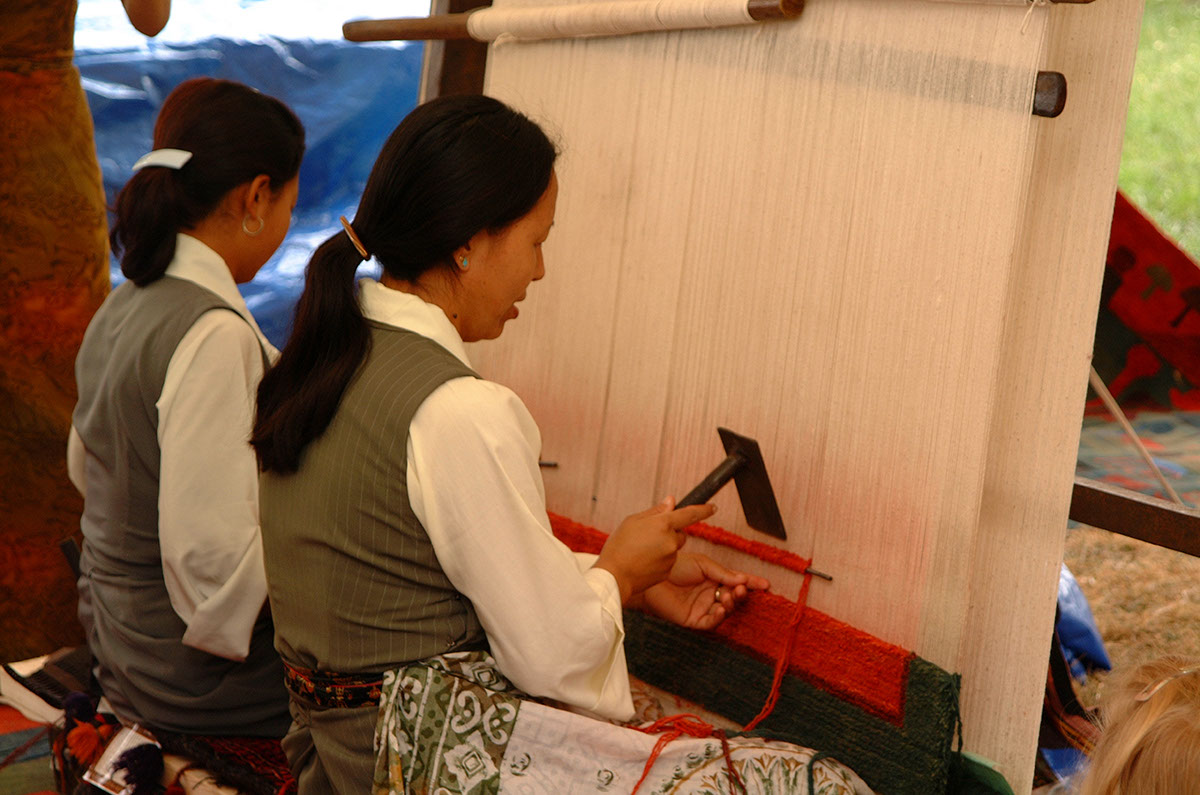
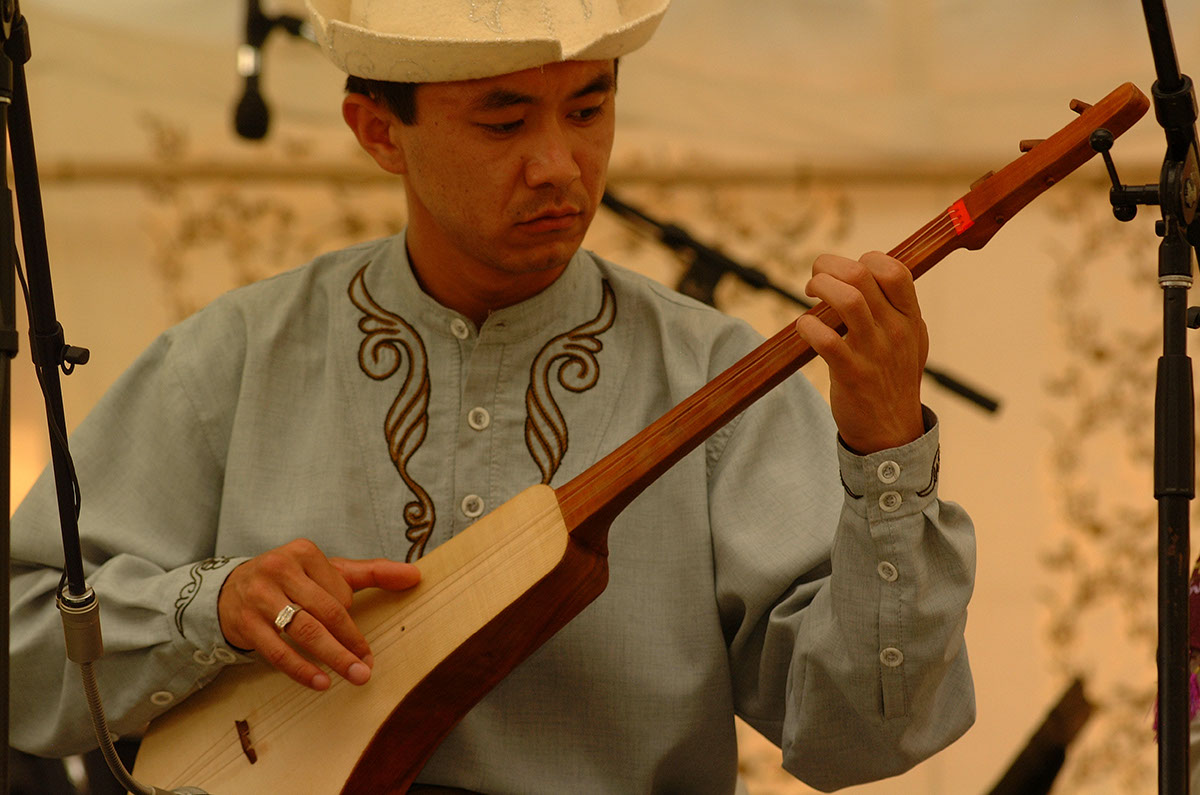
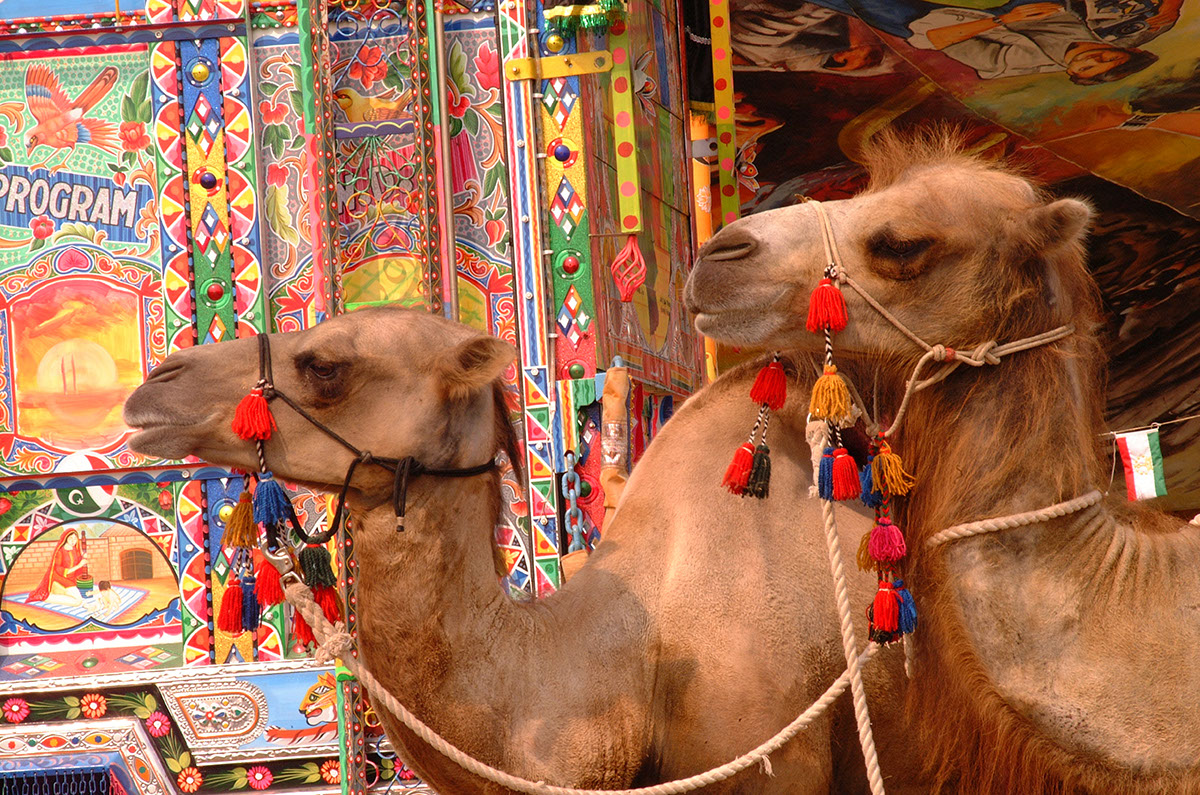

For ten days in the summer of 2002, the great geographical and cultural distance that lies between the heart of Europe and the far reaches of Asia was reduced to the length of a leisurely afternoon stroll on the National Mall. For the first time in its 36-year history, the Smithsonian Folklife Festival had a single – and remarkably ambitious - theme: the Silk Road. The name denotes the network of trade routes, over both land and sea, along which merchants and travelers began to move across Asia and Europe from the first millennium B.C.E. The most famous east-west component of the Silk Road began in Xi'an, the ancient capital of China, broke north and south of China's Takla Makan Desert, and traversed a vast stretch of Central and Western Asia on its way to the eastern end of the Mediterranean. Along those staggering distances lay a wealth of cultures and traditions. They are still there; during the Folklife Festival, they came to life in the heart of Washington as well.
Merchants took to the Silk Road for commercial gain. But their movement also brought riches of another kind: the cultural traditions that were transported along the Silk Road. The ingenious, distinctive emblems of peoples - their science, technology, religions, customs, crafts, music, food, architecture, fashions - made the journey, too, and the dazzling variety of the world that commerce opened was diffused, welcomed, and adapted.
That's the tale that was told in the 2002 Folklife Festival, The Silk Road: Connecting Cultures, Creating Trust. Produced in association with the Silk Road Project, Inc., an organization founded by the cellist Yo-Yo Ma, supported in large part by the Aga Khan Trust for Culture, and featuring exhibits designed by Rajeev Sethi, the Festival turned the National Mall into a mammoth visual representation of the Silk Road, with the Great Gate in Nara, Japan, at the eastern end, toward the Capitol, and St. Mark's Square in Venice at the western end, in the shadow of the Washington Monument. And between the two, visitors could wander Eurasia, through Istanbul, Samarkand, and Xi'an. On the way they moved among hundreds of musicians, artists, dancers, crafts workers, and chefs from some two dozen nations of the Silk Road, working side by side with Americans who trace their origins to the region or have been culturally influenced by its traditions.
An especially valuable aspect of the event was its focus on Central Asia, a region to which Americans were all too indifferent before events of the preceding year. We now know the names of the nations in that part of the world, but the Festival gave the people of those nations and their traditions a human face. Visitors who made the journey across the Festival site could immerse themselves in the energy and larger educational purpose of the Festival; they had an opportunity to travel across continents, centuries, and cultures. They could meet with a diversity of artists who, through their demonstrations of skill - with silk, jewelry, ceramics, carpets, paintings, paper, calligraphy, food, and, not least, music - did more than merely affirm their cultural traditions. They embodied them. The 2002 Folklife Festival, like every other, celebrated humanity and breathed a spirit of human engagement. On a great green stretch of this nation's capital, people from many different societies were brought together face to face. And those chance, transient encounters might affect the way they think about the world.
The 2002 Festival took place during two five-day weeks (June 26-30 and July 3-7) between Madison Drive and Jefferson Drive and between 10th Street and 14th Street, south of the National Museum of American History and the National Museum of Natural History (see site plan). The Program Book provided information on the history and culture of the Silk Road and included a schedule and participant information.
The Silk Road: Connecting Cultures, Creating Trust at the Smithsonian Folklife Festival was a partnership of the Smithsonian Institution Center for Folklife and Cultural Heritage and the Silk Road Project, Inc. The Festival site was designed by Rajeev Sethi Scenographers and produced in cooperation with the Asian Heritage Foundation. The Festival was co-sponsored by the National Park Service.

